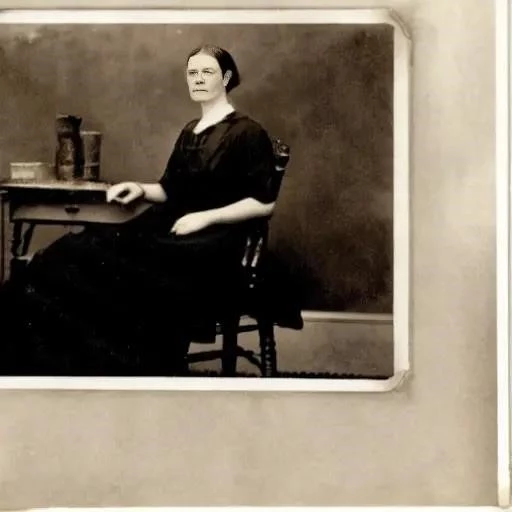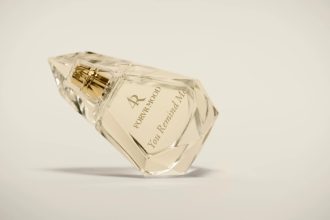Have you ever stopped to think about the unsung heroes who paved the way for the opportunities we often take for granted today? It’s easy to look at the world around us, full of brilliant women in every field imaginable, and forget that it wasn’t always this way. For centuries, higher education, especially in demanding scientific disciplines like psychology, was largely a man’s world. Women faced immense societal pressure, institutional barriers, and outright discrimination just to get their foot in the door. But thankfully, some extraordinary individuals dared to challenge the status quo, pushing boundaries and proving that intellect knows no gender. Today, we’re diving into the fascinating story of one such pioneer, asking: who exactly was the first woman to earn a PhD in psychology?
Margaret Floy Washburn: The Trailblazer for the First Woman PhD in Psychology
Alright, let’s get straight to it! The answer to our burning question is none other than Margaret Floy Washburn. She wasn’t just *a* pioneer; she was *the* pioneer, making history in 1894 when she received her doctorate from Cornell University. Can you imagine the sheer determination it must have taken to achieve such a feat in an era where women were often relegated to domestic roles, let alone pursuing advanced scientific degrees?
Washburn’s journey wasn’t handed to her on a silver platter. She studied under the renowned experimental psychologist Edward B. Titchener, a formidable figure in the field. Her accomplishment wasn’t just a personal victory; it was a monumental step forward for all women aspiring to intellectual pursuits. It declared, in no uncertain terms, that women were capable, intelligent, and deserving of the highest academic honors.
Her Early Life and Academic Journey Towards Becoming the First Woman PhD in Psychology
Born in 1871, Margaret Floy Washburn displayed an early aptitude for learning. She attended Vassar College, a women’s college, where she cultivated her intellectual curiosity. Her passion for psychology led her to Cornell, a place where, thankfully, she found the opportunity to pursue graduate studies. This was a rare chance at the time, as many institutions either outright denied women admission to graduate programs or placed severe restrictions on them.
Her doctoral work focused on the visual perception of distance and direction, showcasing her rigorous scientific approach. It wasn’t just about getting the degree; it was about contributing meaningfully to the nascent field of psychology. She truly earned her place in history.
Did You Know? Margaret Floy Washburn went on to become the second woman president of the American Psychological Association (APA) in 1921, following in the footsteps of Mary Whiton Calkins. Talk about a double dose of pioneering spirit!
Her impact stretched far beyond her own research. She became a professor at Vassar College, influencing countless students and shaping the next generation of psychologists. Her dedication to both science and education was truly inspiring.
Here are just a few reasons why her achievement was so pivotal:
- It shattered a major glass ceiling in academia.
- It provided a tangible role model for other aspiring female scholars.
- It demonstrated women’s intellectual capacity in a rigorous scientific discipline.
- It opened doors for future generations of women in psychology.






